From Inle to Bagan is a long way. Not in terms of distance (some 190 miles), but in time. It took us over eleven hours to reach our destination but the snail pace of the trip, the pleasure of the massage due to the numerous potholes was really worthwhile and led us to unexpected encounters.
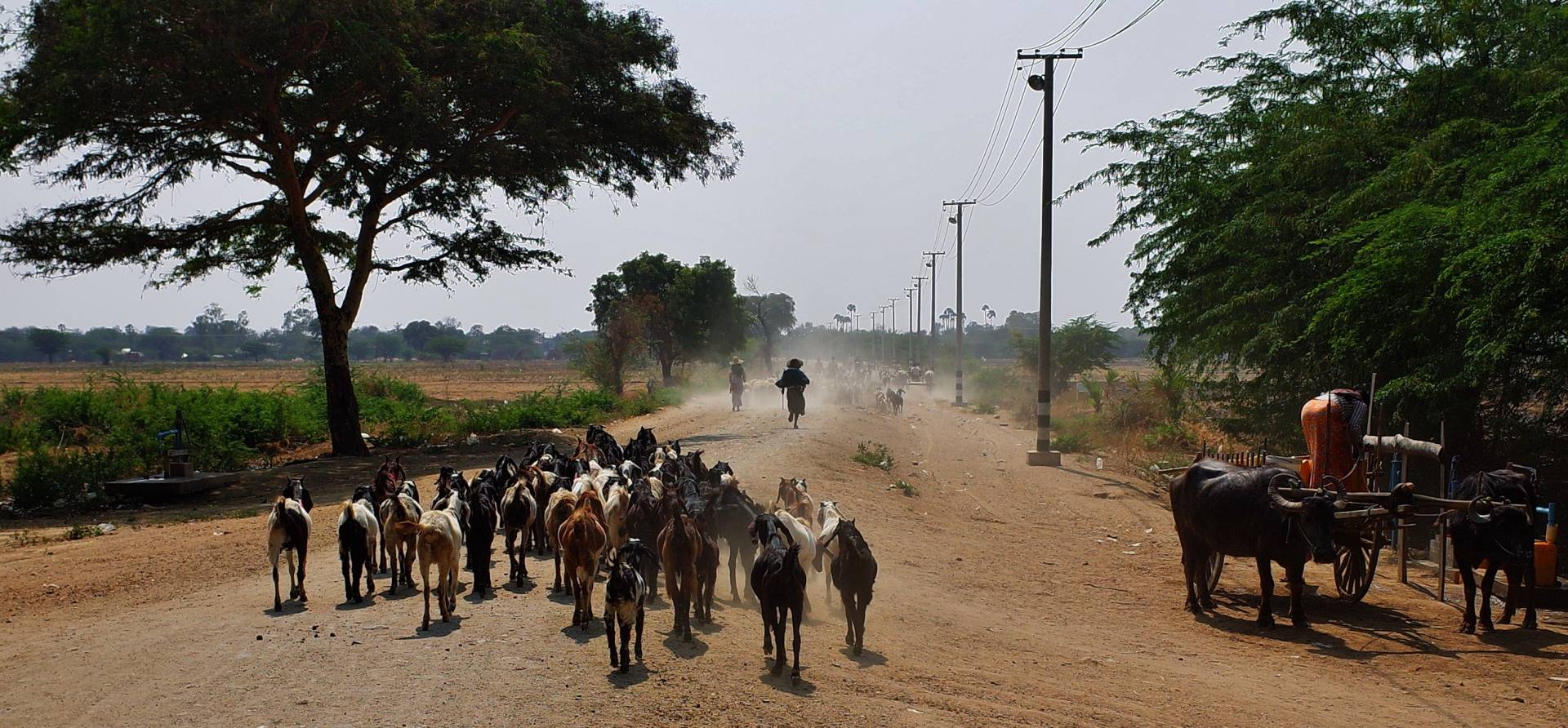
Working conditions
You often see women working by the side of the road. They’re carrying small stones in those large metal trays to fill in the notorious Burmese potholes that any visitor to must have experienced — an unusual sight, but not that nice when you consider the working conditions for the woman.
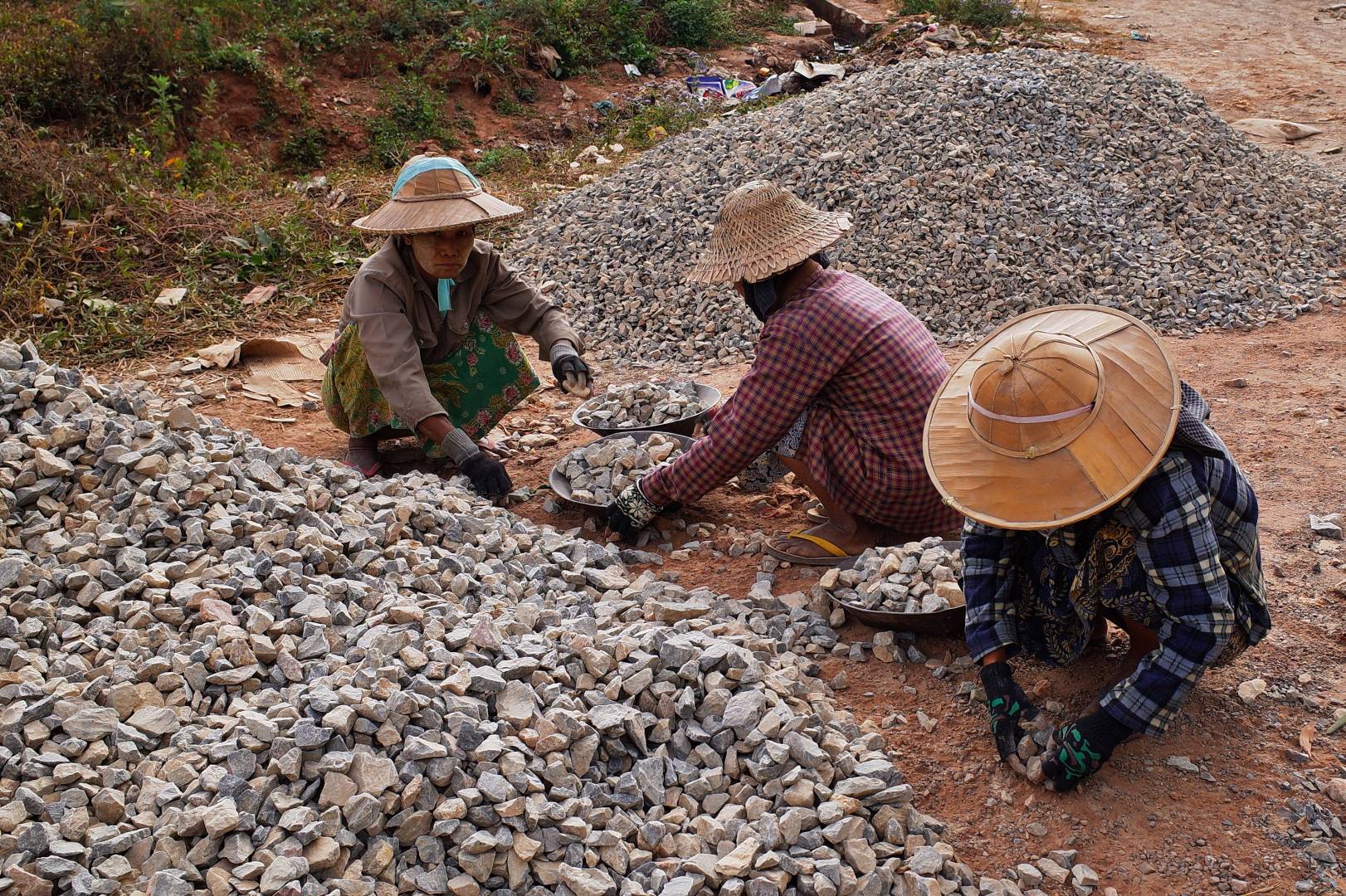
Indeed women are employed largely because they can be paid half a man’s wages and managers are reluctant and unwilling to hire men to perform that job as they would have to pay them twice as much. Unfortunately, Orwell’s quote, ‘all animals are equal, but some are more equal than others” tends to be true.
The closer you get to Bagan, the more desert-like the landscape becomes. Teak trees are replaced by acacia and the crop of oranges, papayas and mangoes are replaced by peanuts plantations. The roads and tracks become dusty.
Thanaka
We stopped when we stumbled on a flock of goats, time for a few quick shots of goats and an ox-cart by the local well. We also had the chance to meet a very nice lady who was so pleased to have her picture with her child taken. My wife and I also love Thanaka (
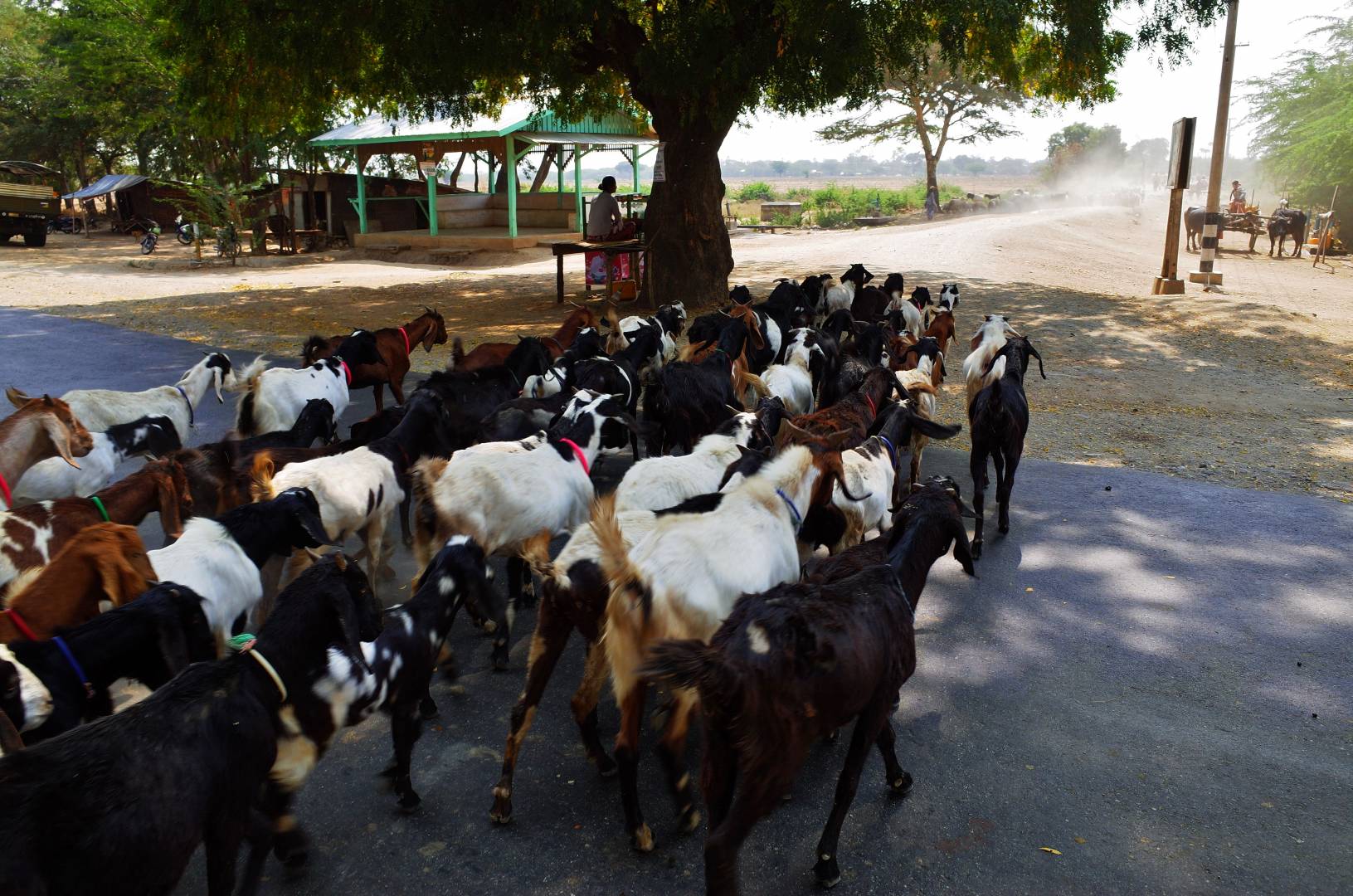
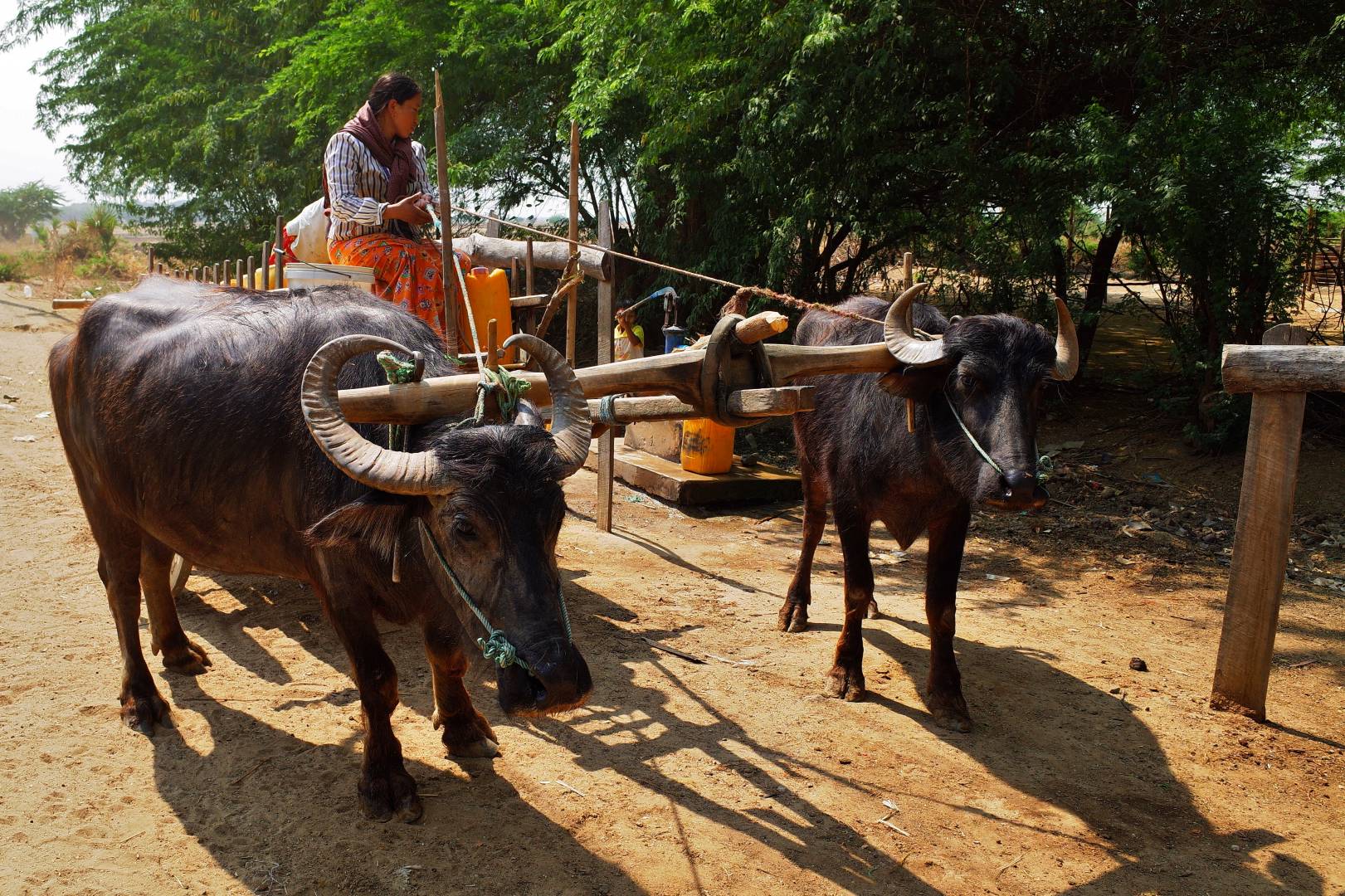
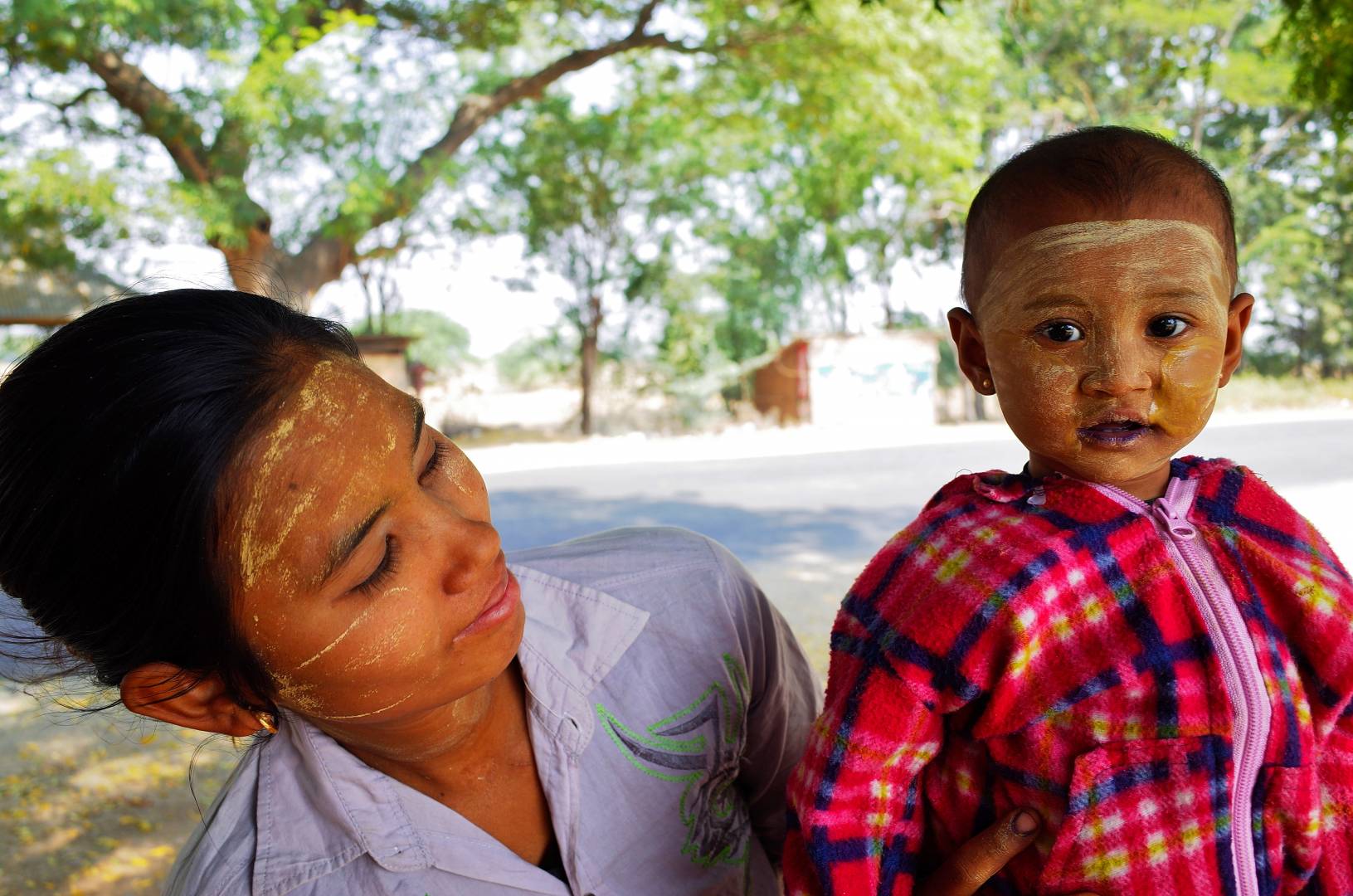
Late in the evening, at nightfall, we reached Bagan. Of course, many of us have seen photos of stupas with hot-air balloons at sunrise but getting a shot is quite difficult as thousands of people are doing the same and it proves difficult to get a high-enough position on the biggest stupas to afford a decent point of view.
Ayerwaddy
After a couple of days visiting some of the most famous temples, we went down the river Ayerwaddy we had left in Yangon. It was odd as there were scores of beggars on the stairs leading down to the river. Apparently, these beggars are professionals and move from one place to another during the day. Bagan is also famous for lacquer work and sand painting. The hours of work to produce one lacquer tray or bowl are long).
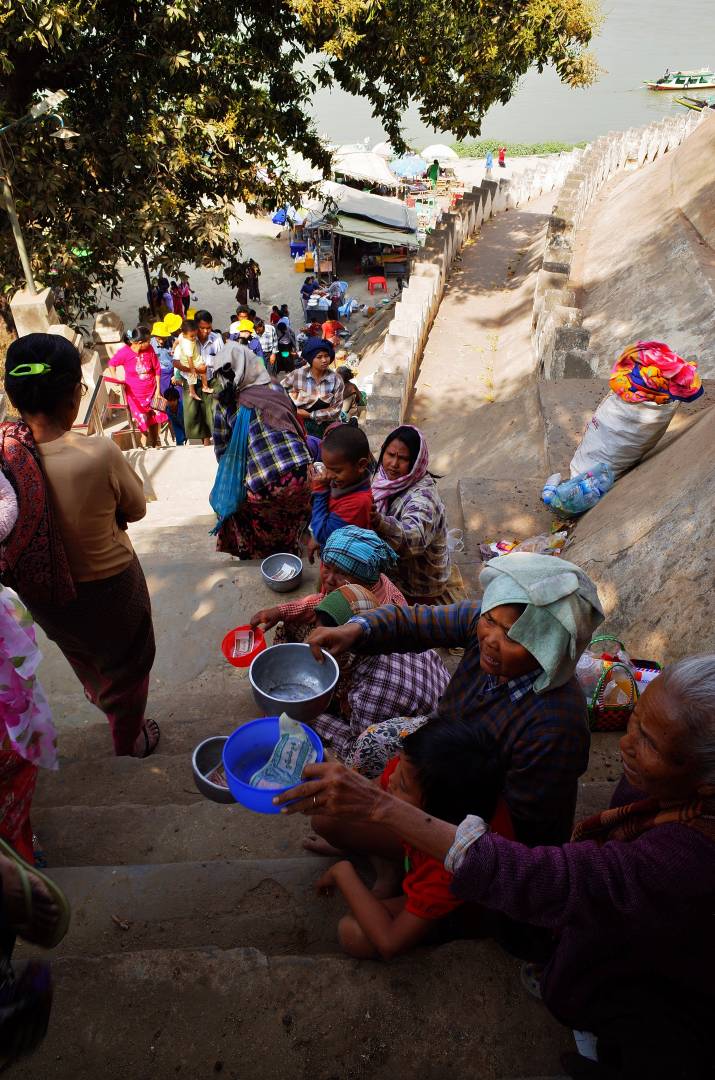
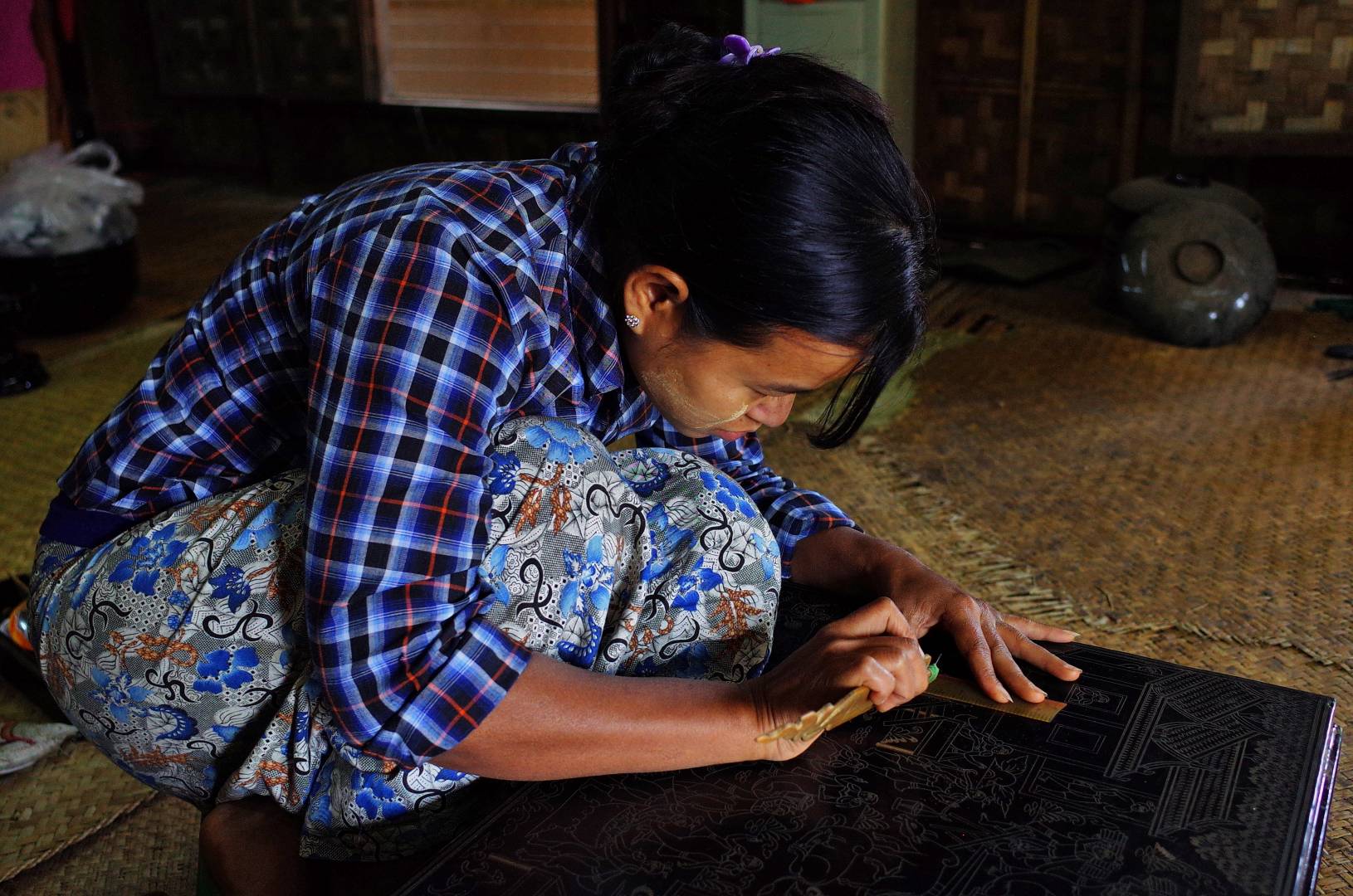
On our last day in Bagan, we were lucky enough to go to a shin laung in one of the villages in the Bagan plain. It’s a celebration when children enter a Buddhist monastery for the first time, for a few days. The atmosphere is different from a ceremony in a big city as it involves all the villagers in a feast of colours, light and sound.
Empty, dust track
Once you get into the village, everything is really quiet, almost an empty dusty track and you just wonder if you are at the right place. Then, once you walk a bit further to the centre of the village, you start to meet clusters of people at crossroads (or, rather, cross-tracks). It feels as if something is brewing.
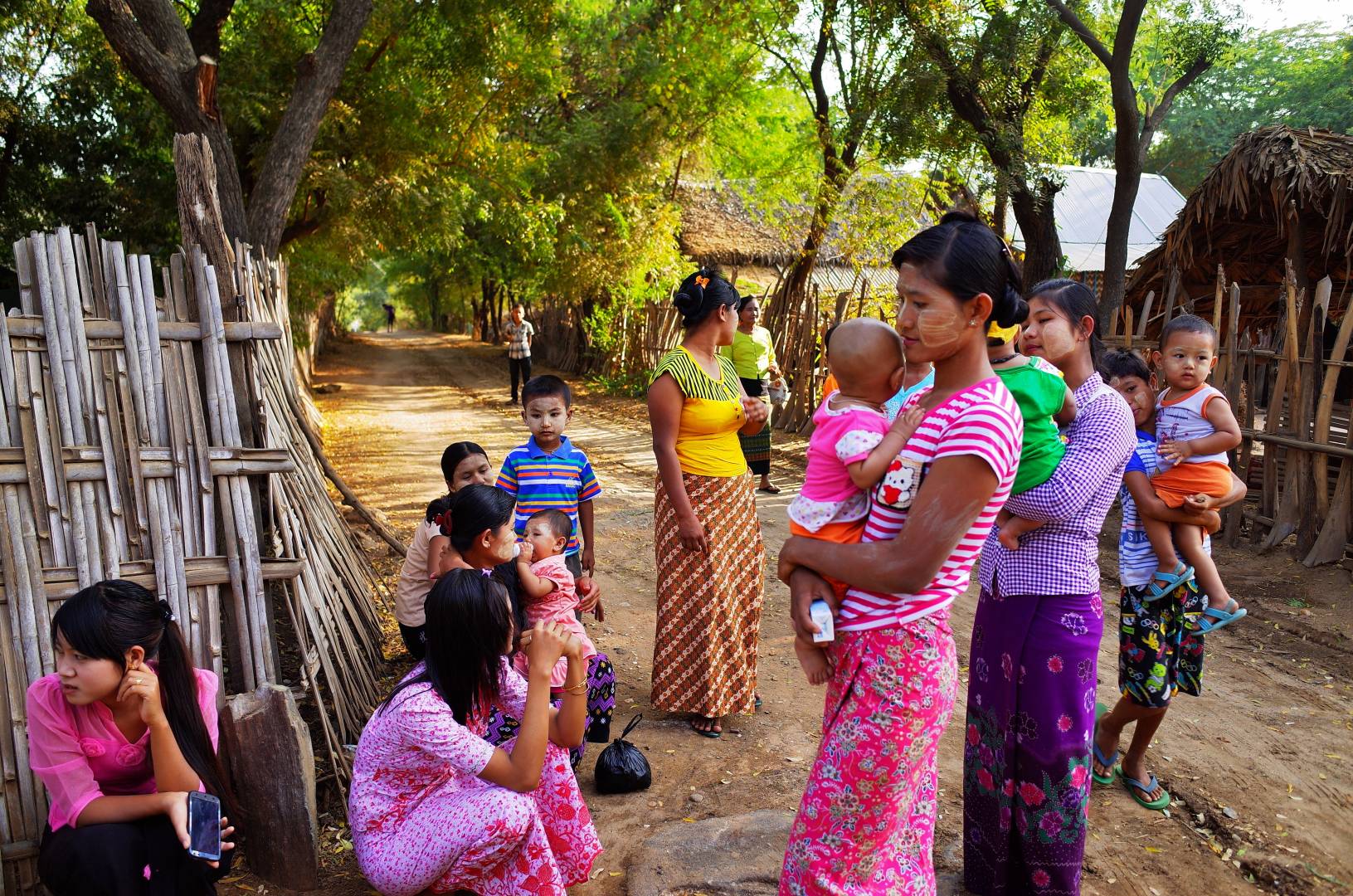
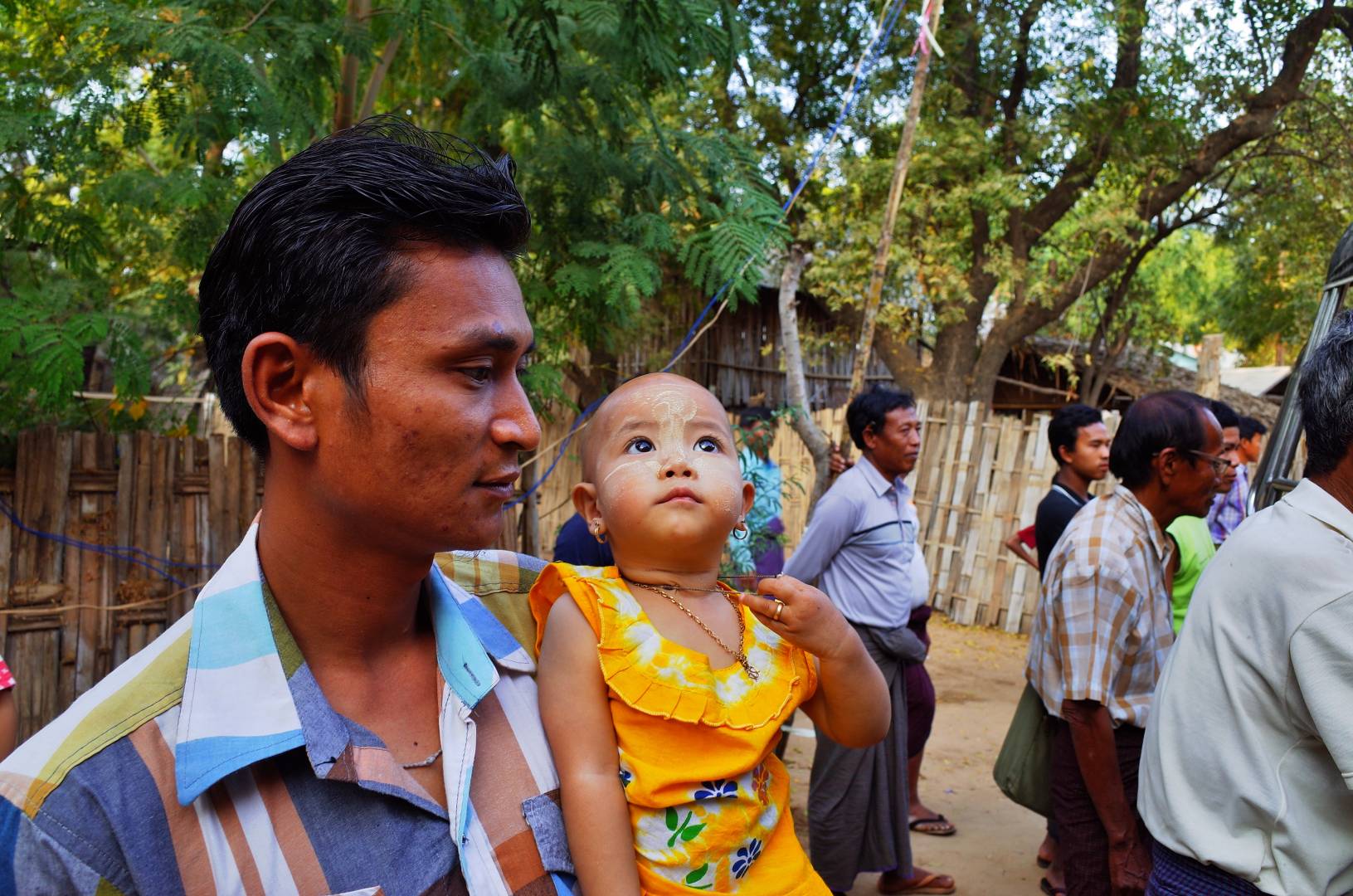
Then we stumbled on the village kitchen with the oxen nearby; the locals were cooking in huge pans with a hole dug in the ground for the heating. The tea was really good as well.
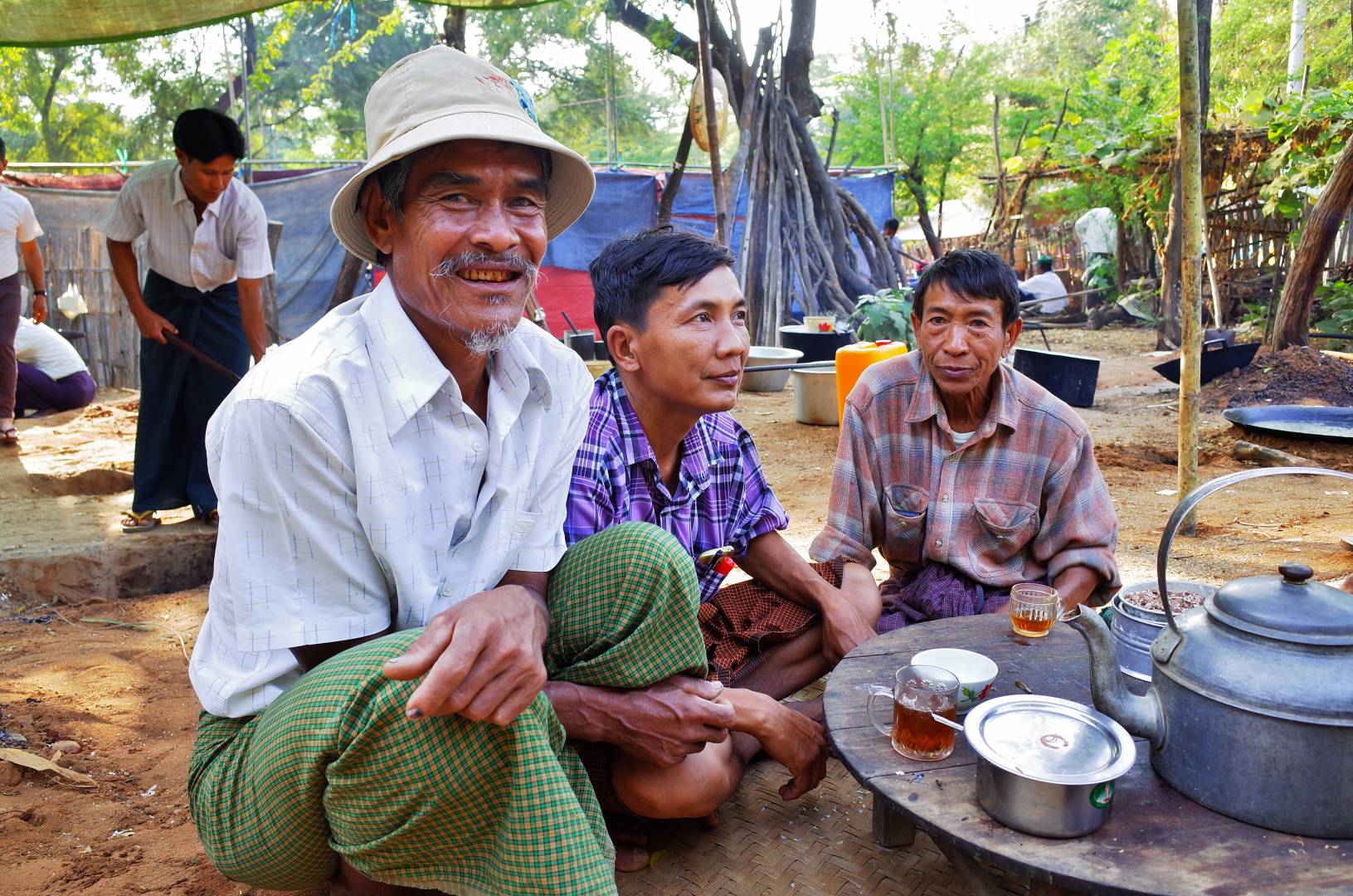
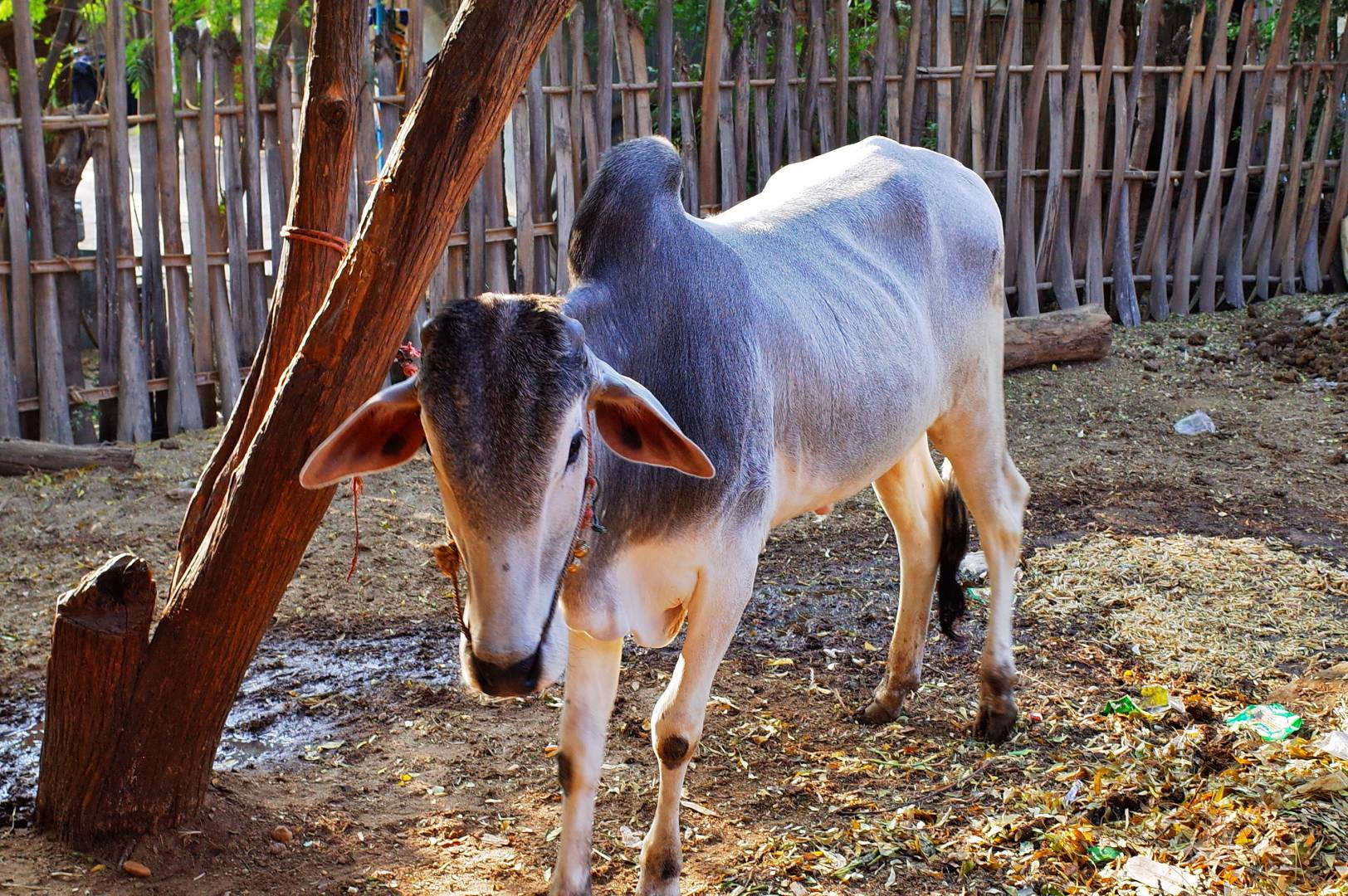
Then you hear the screeching loudspeakers of the parade. It starts with children, then with families in their best clothes, followed by the children about to enter a monastery for the first time. The colours of the costumes and the make-up are truly amazing.
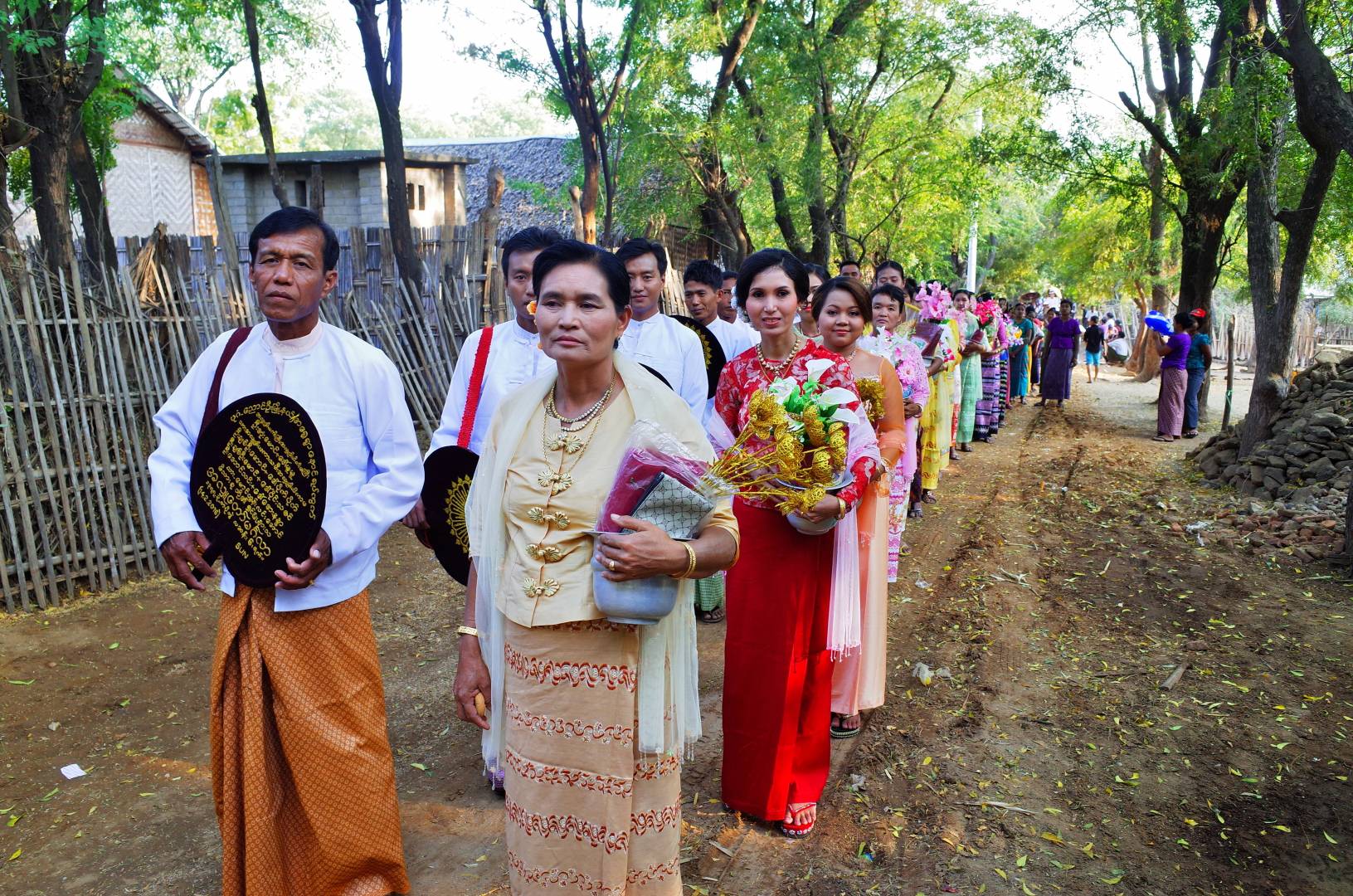
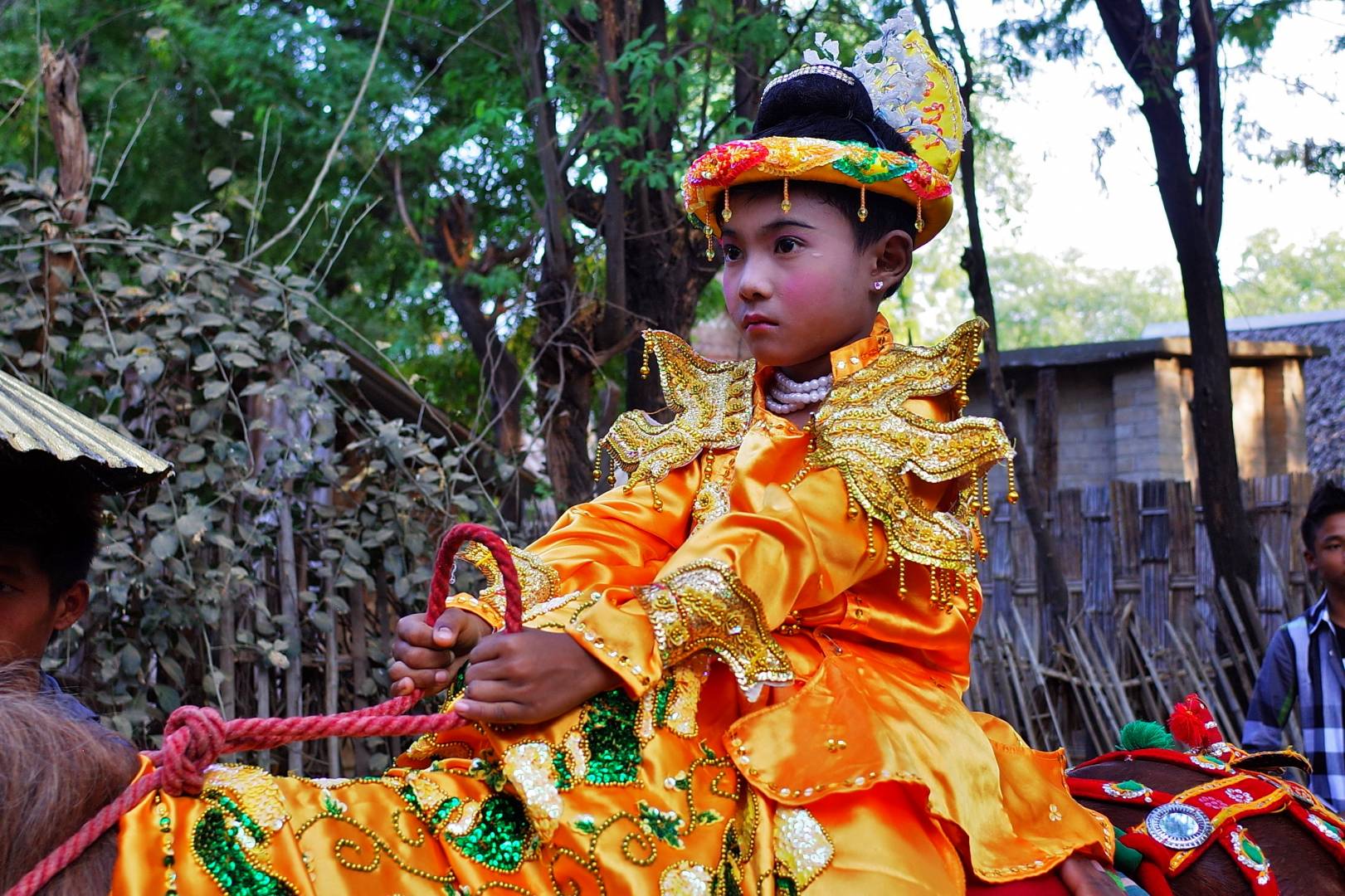
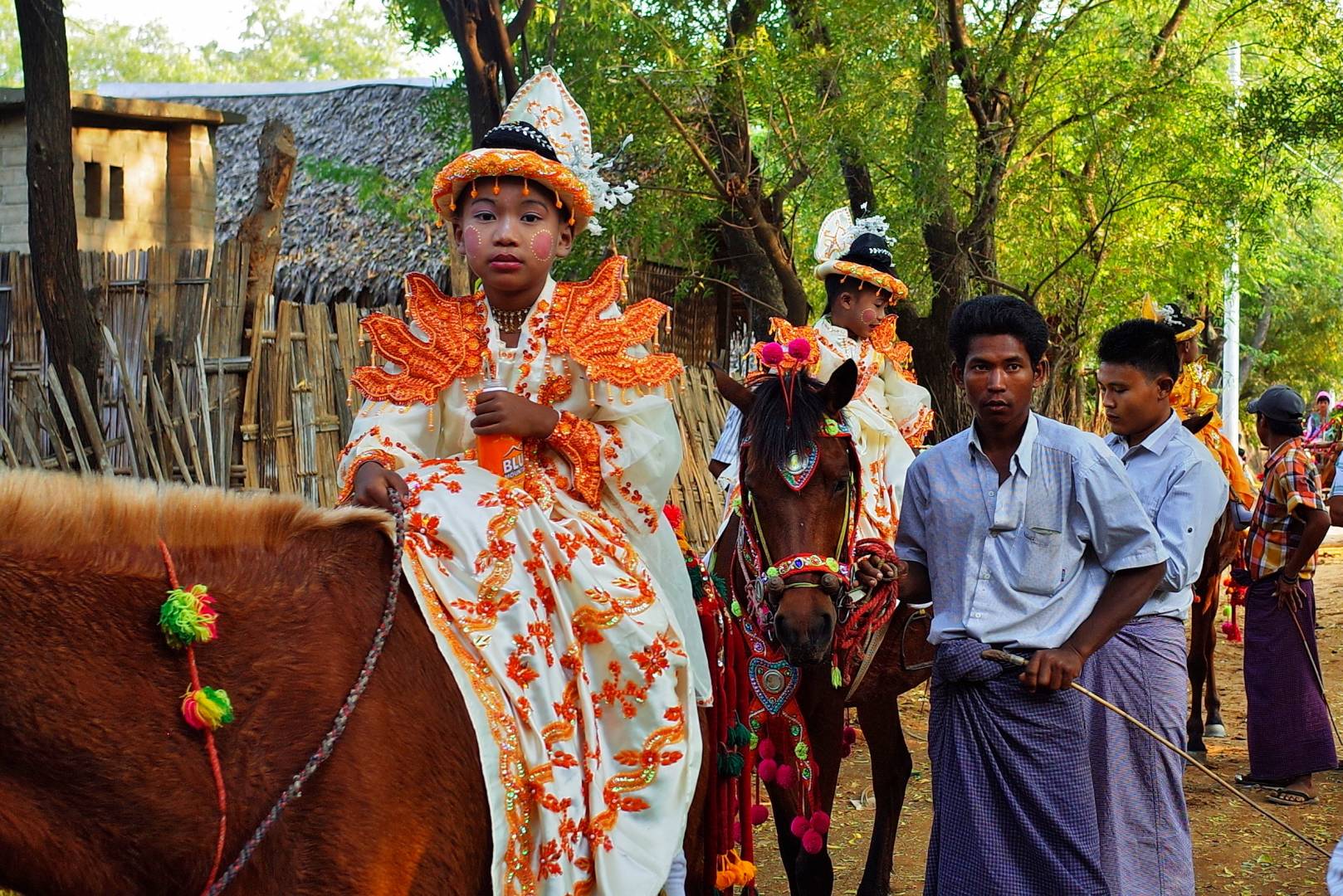
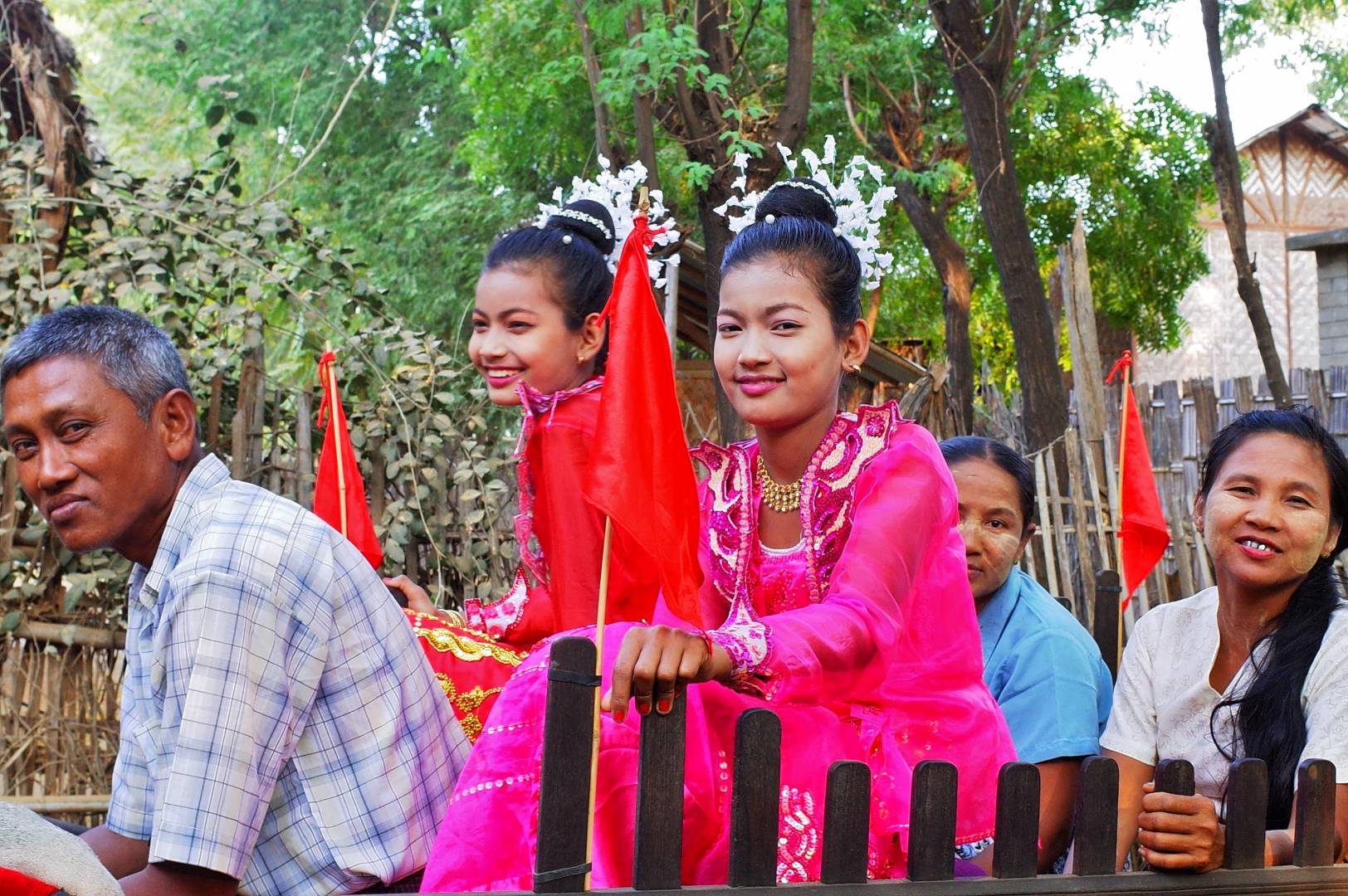
The celebration would not be complete without musicians, either on an improvised stage or in cars with blaring loudspeakers.
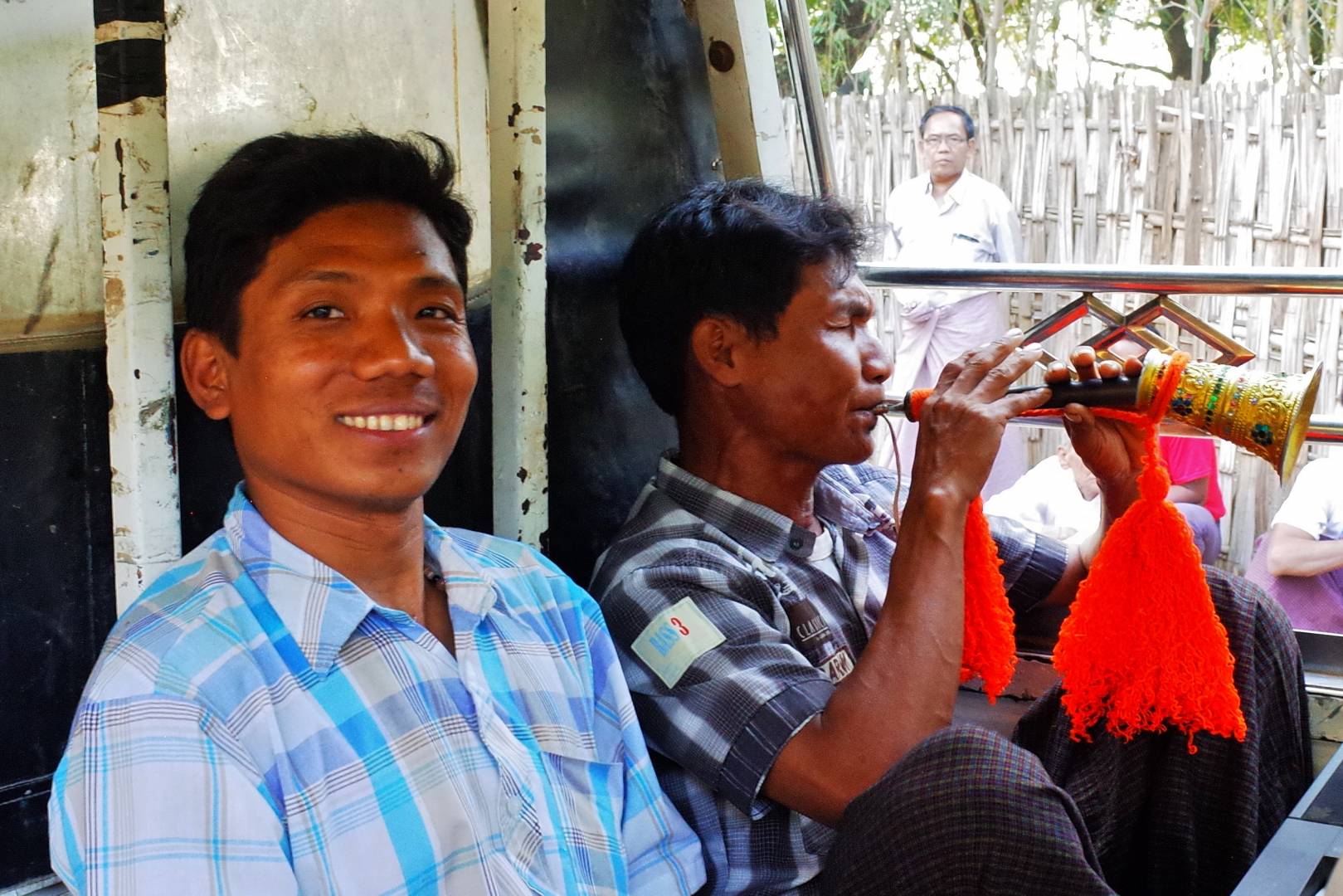
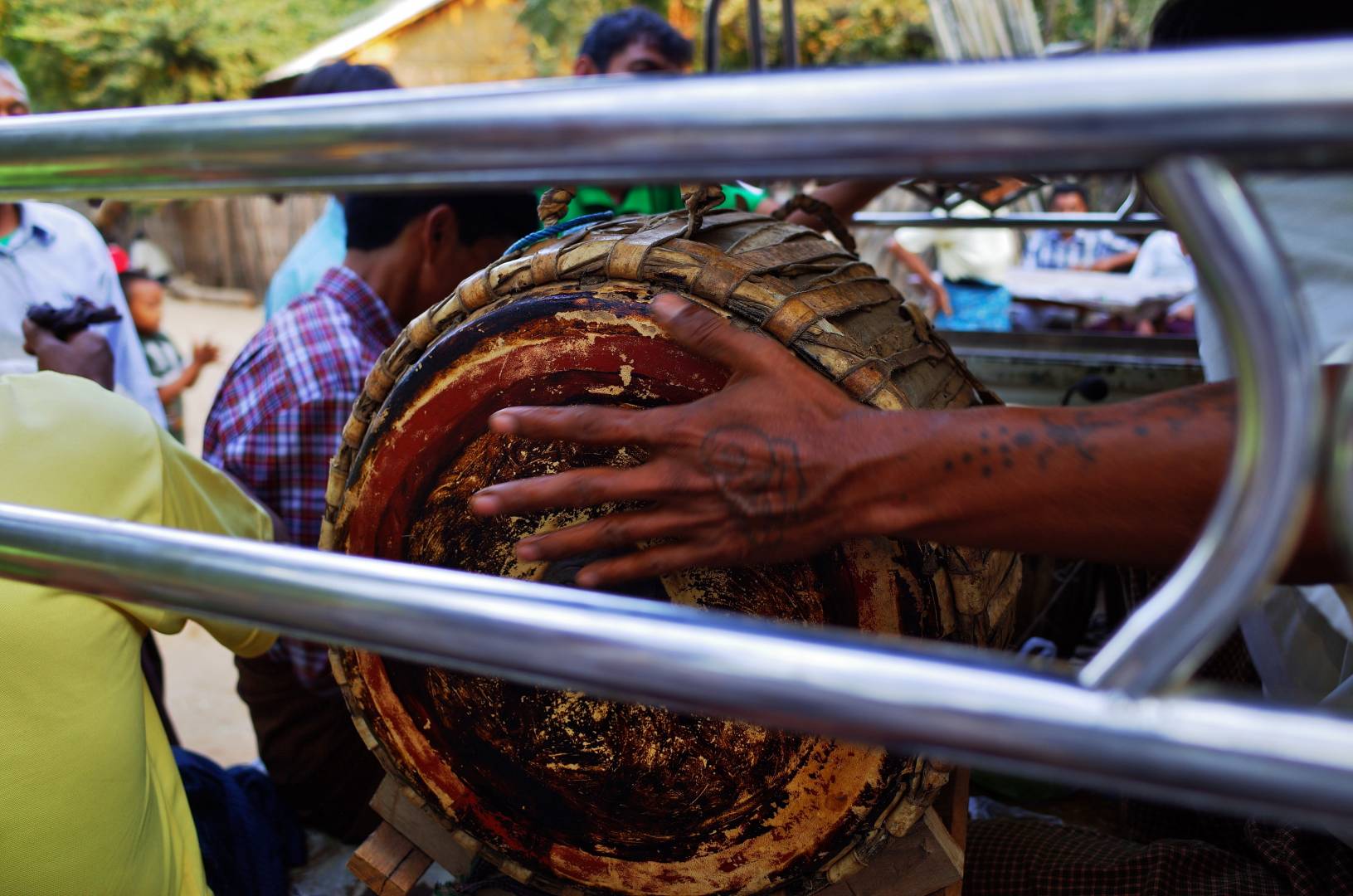
And if you ever go there, try the tamarind sweets. They are simply delicious.

Thank you for the writeup Jean. It’s interesting to share your travels into a small village rather than the standard tourist big city sights. Question, do you ever use jpeg images straight out of the GR? How good do you find the default jpegs from the GR?
Thanks Wayne, The shin laung afternoon was a great experience.
I very rarely use defaults jepgs on the ricoh. They are very good in terms of sharpness and the lens on the camera is a little wonder. However the images straight from the camera lack microcontrast and the X2 wins easily in that area. They produce images that need a bit postprocessing. I guess you can find my lightroom settings in my answer to Kevin further up in the comment or the ones I did in Michael’s articles on cropping and travel cameras.
My combo nowadays consists of the X2 and the ricoh grd4. It’s a small 10mp 1.7 ccd sensor with macro capability down to 1cm. You can’t print large but the results are pretty amazing (I bought it brand new for £50 and that was the best bargain ever).
I’m waiting for images from the new gr 3 to see if I upgrade or not. It’s interesting pricewise but now that I’m back with Leica, apart from the grd4 I’d rather buy a leica with the 28mm elmarit asph than the Ricoh griii if I can find a decent used body and lens.
Jean
I am truly enjoying this series, in both images and the story. I look forward to seeing how it concludes, and what more delights you managed to capture on the GRII.
Thank you for sharing with us. Dave
Thanks Dave. More articles coming.
Hi Jean, thanks for providing an insight on an interesting place. It is heartbreaking to see people doing backbreaking work for little compensation-you would think that it would be more effective to provide a shovel and wheel barrel. You nicely captured the locals and atmosphere! thanks Brian
Thanks Brian. Road repairs are very primitive in Myanmar.
Super travelogue and pictures. The brightly-coloured little boy on his lama(?) really takes the buiscuit! Thankyou.
Thanks John. The young boys were riding horse while the girls were on an ox-drawn cart.
More fabulous pictures from a fascinating trip. The story of the parade and the associated pictures are excellent. You have made Myanmar a place I must visit.
Thanks Richard. Myanmar is truly an amazing place, the sites are wonderful and the people are really friendly.
Thanks Jean, I find the clothes worn by the children going to the monastery amazing both in shape and colour. Do you know why they were so elaborate? Also were all the photos taken with the Ricoh? Kevin
Thanks Kevin, as for the clothes it is a tradition. You can find excellent images of this type of costume in LFI Gallery by the Burmese photographer Andy-Chen Aung Win Htut (don’t ask me how to pronounce it!).
All the images were taken with the ricoh GR. In Lightroom I usually have contrast between + 20 and + 30 and what is called clarté (I don’t know the English for it but it’s 2 lines above saturation) between +30 and +45 as the output of the camera sensor imaging is on the soft side. I do enhance both contrast and clarté with the X2 as well.
I recently bought a ricoh grd4, a 10mp small ccd 1,7 sensor and the output is amazing, better than the gr for my taste and it needs no postprocess. I’m considering a leica cl or a ricoh gr iii as a replacement to the original gr
Lovely photos Jean. Hopefully, these traditions will continue while the country’s economy grows. I am sure that someone has commercialised Thanaka already.
William
Thanks William. I don’t think the tradition will die as about 85 % of the population are buddhist and they are still praying in very large numbers in pagodas.
What is fascination with wood powder? Is it bug repellant or some type aftershave? Love the trip thank you!
Thanks John. regarding thanaka, it’s first and foremost a protection from the sun which protects from sunburns. It also hydrates the skin and acts as a sort of moisturising cream. I don’t think it’s a midge repellent. If it were I guess the Scots would have imported tons of it!